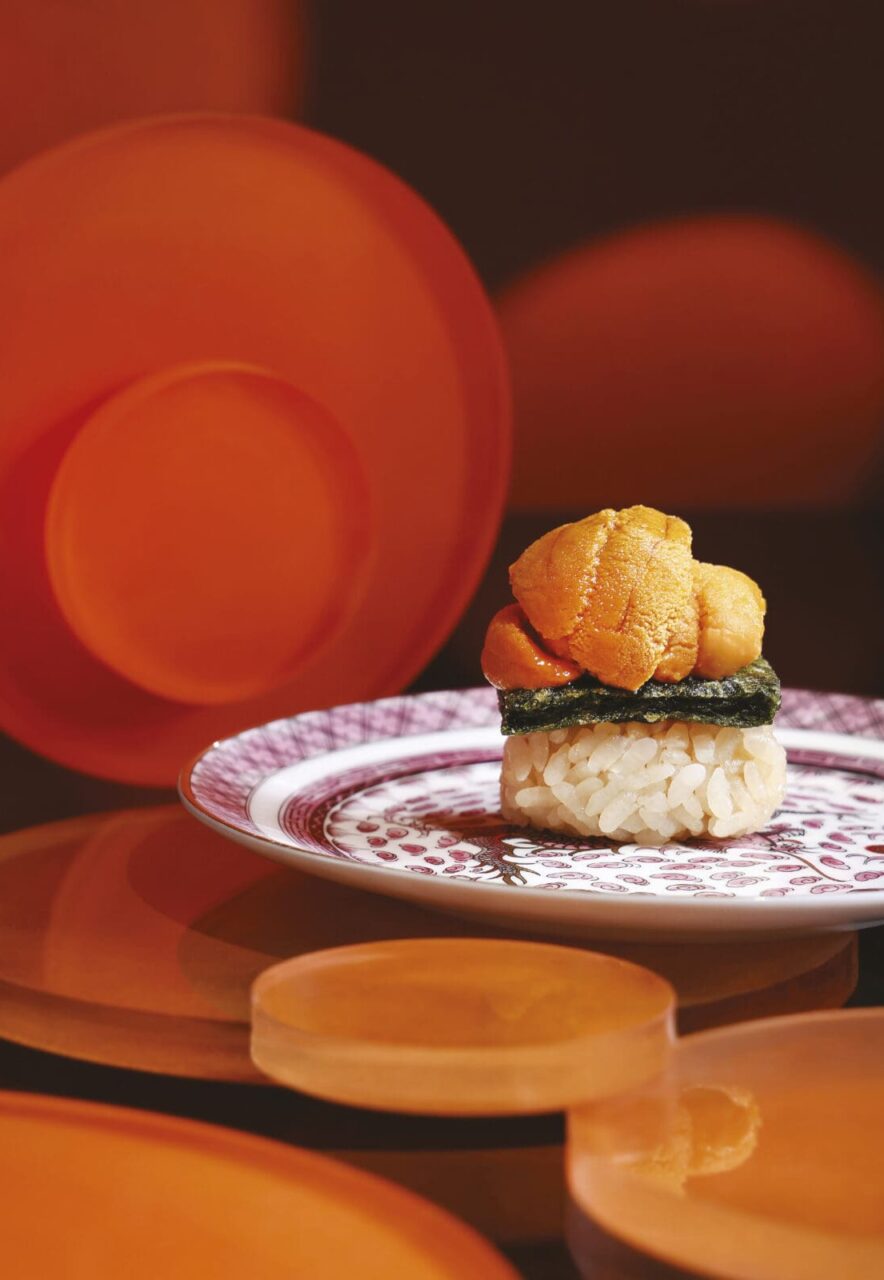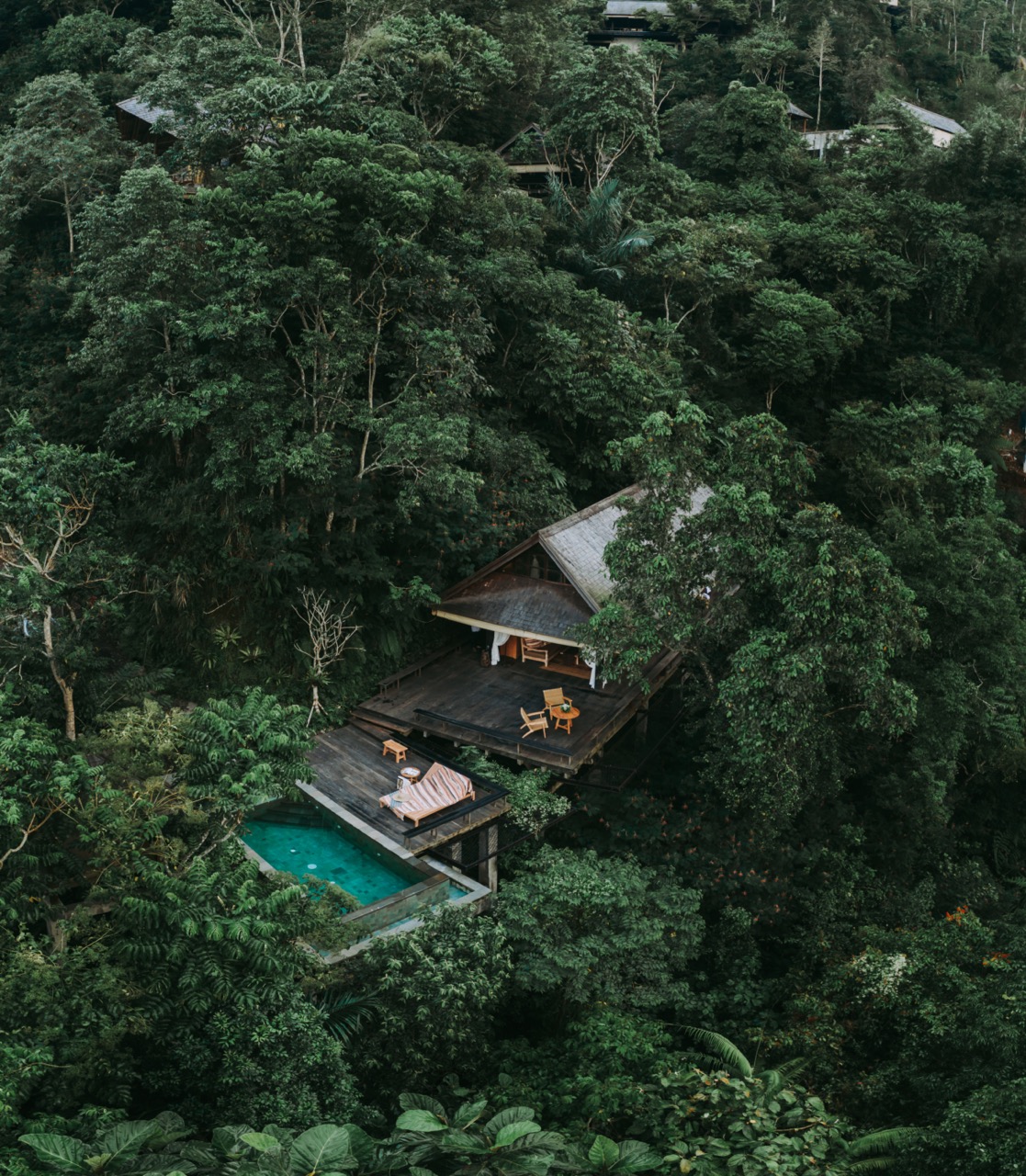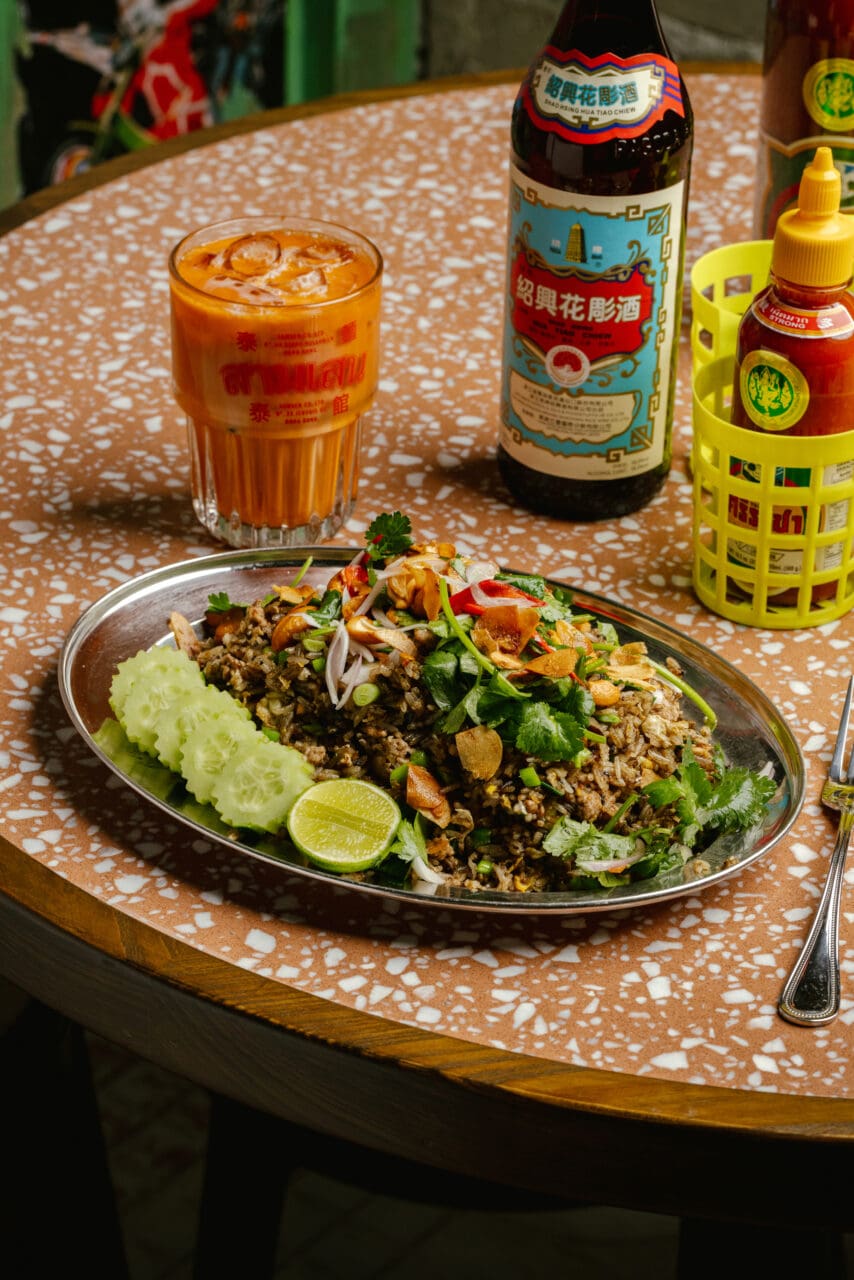When Vogue launched in New York City at the close of the 19th century, it introduced itself to readers as “A Debutante.” Fronting the inaugural December 1892 issue? A staid monochrome sketch of an ingénue courtesy of A. B. Wenzel, best known for illustrating Edith Wharton’s House of Mirth. The magazine’s key focus at the time: the intersection of “the mode” and society, complete with a supplement on the 1892 season outlining the wedding breakfasts, Patriarch Balls, and cotillion dances happening in and around the Upper East Side that winter. “The fashionable season is well underway,” Vogue wrote delightedly, “supplying to the ‘buds’ the decisive change from the dancing class, where early hours and simple gowns had been the rule.”
In the 132 years and almost 3,000 issues since, the focus of Vogue’s pages has expanded beyond white-gloved debs and their marital prospects to encompass everyone from Hollywood stars to heads of state, while its early fashion sketches of gentlemen’s top coats and “the latest frocks out of Paris” have given way to photographs by titans ranging from Horst to Helmut. The latest step in its storied evolution: the launch of 15,000 newly digitized color images from the archives on Google Arts & Culture, the culmination of a five-year collaboration spearheaded by Ivan Shaw, Condé Nast’s corporate photography director, and Amit Sood, the director of Google’s Cultural Institute. Said images can be browsed not just by year, color, and designer, but by subject, too, whether your interest is in Versailles or Veruschka.
Beyond functioning as a detailed reference encyclopedia for photographers and designers—many of whom came out to celebrate the Vogue Archive launch at Google London this week—the project has brought frequently overlooked contributors and movements in Vogue’s history to the fore, with Shaw’s team curating 30 illuminating “stories,” or virtual exhibitions, incorporating images from more than 600 issues. “I always say the number one priority at the archive is conservation,” Shaw told the crowd gathered in King’s Cross for a preview of the Vogue Archive on Tuesday, June 11, “but number two is sharing the images.” Seeing 15,000 of them available publicly for the first time? “It’s just an incredibly exhilarating experience.”
Browse some of the highlights from the Vogue Archive, below.
Photographed by Gordon Parks/Condé Nast Archive on Google Arts & Culture
Photographers, naturally, are a point of focus in the Vogue Archive—both the heavily fêted and the lesser known. In “Half Past Paris,” viewers can retrace Gordon Parks’s relationship with Vogue during the ’60s by way of shoots such as “The Day of the Reptile,” an accessories story conducted on safari. “A small but dauntless group, the Vogue safari trekked through the rainforests of… Central Africa, where they repulsed a raiding party of dog-faced baboons; boated on the Zambezi—here large, very-much-alive crocodiles scraped against the boat, which was no African Queen; roamed a huge 32,000-acre game farm in the uplands of Kenya; and stood their ground before a distinctly edgy-looking lion,” reads the introduction to the resulting shoot in the July 1967 issue. Above, a shot from a 1963 editorial by Parks that introduced readers to a revolutionary concept in the world of beauty: blush. “No warm-up is needed to get to the heart of this story: a ravishing new cosmetic has appeared on the scene,” trumpets the feature. “Whether you see it first as a pinked-up thin watercolour wash in a little half-ounce bottle, or as a zinnia-tinted cream in a tube or jar or cream-rouge pot, it’s called, generically, ‘a blusher.’”
Illustrated by Eduardo García Benito/Condé Nast Archive on Google Arts & Culture
The illustrators responsible for Vogue’s covers in the ’20s and ’30s are celebrated in the Vogue Archive, with viewers able to zoom in on the details of their Jazz Age designs—including this one by Eduardo García Benito, whose style incorporated elements of the art-deco and cubist movements. Artists featured in the pages of Vogue are given their flowers, too, most notably in the story “Off the Wall,” a study of the relationship between art and fashion in the magazine. Among the editorials shouted out: a March 1951 shoot in which Cecil Beaton captured frothy ballgowns against a backdrop of “dazzling and curious” Jackson Pollock paintings, and a tribute to the Museum of Modern Art in the July 1945 issue, with an Erwin Blumenfeld shot of the institution on the cover.
Photographed by Horst P. Horst/Condé Nast Archive on Google Arts & Culture
In “Truman and Joan at Home,” readers can peek into the houses of Truman Capote and Joan Didion, whose Long Island studio and Malibu beach house were captured for the magazine in the ’70s. Also of note for interiors fanatics: “Around That Time,” a compilation of Horst’s photographs of fashion luminaries’ décor, from a Garden-in-Hell-esque bedroom in Valentino Garavani’s apartment in Rome to the dining room at Turville Grange, Prince Stanislaw and Lee Radziwill’s Buckinghamshire pile.
Linda Evangelista’s myriad collaborations with Arthur Elgort get their dues in the story “Linda and Arthur.” First up: her weeklong trip to China with the photographer for an editorial titled “Eastern Light,” published in the December 1993 issue. The shoot saw the super travel from “the southern province of Guangxi” to “the booming cityscapes of Shanghai” to model “pure-lined pieces” that chimed with ’90s fashion’s “easy-does-it approach.” Here, meanwhile, she strikes a pose in a September 1991 story title “A Shot of Scotch,” conceived as a tribute to tartan and played out against a Highland backdrop. “Plaid on parade,” Vogue captioned the image.
Photographed by Francesco Scavullo/Condé Nast Archive on Google Arts & Culture
Beverly Johnson made history as the first African American model to grace the cover of Vogue US in August 1974, fronting three further issues over the course of the decade. “I had had other covers in the United States and abroad, but getting the cover of Vogue was the gold medal—I wanted to be number one,” she recalled in the magazine in September 2011. Her considerable body of work is condensed into “Beverly Johnson in Vogue,” from posing above Copacabana in a 20-page portfolio devoted to the “nonstop glamour” of Brazil to a studio shoot for Max Factor Make-Up.
Photographed by Toni Frissell/Condé Nast Archive on Google Arts & Culture
Toni Frissell was the first significant female photographer in Vogue’s history, sweeping aside staid studio shots in favor of snaps taken en plein air. Horst took her portrait for an editorial titled “Vogue… Pioneer in Modern Photography” in June 1941, where she appears alongside other trailblazers of the medium such as Man Ray and Anton Bruehl. “Miss Frissell began as an assistant in the editorial department of Vogue,” read the accompanying write-up. “Her interest in photography was so great that she was encouraged to experiment with it. After some months, her prints began appearing in these pages. It was 10 years ago that she began regularly, and often, photographing young girls for Vogue… showing them at race tracks, country clubs, swimming pools, horse shows, golf links, and tennis courts. Such girls were infallibly revealed to Vogue’s readers in the smartest and most appropriate clothes for such occasions.” Some of her greatest achievements are compiled in the story “Toni Frissell,” a tribute to her “sunlit, windblown records of action outdoors.”
Photographed by John Rawlings/Condé Nast Archive on Google Arts & Culture
Sports—and sportswear—are naturally front and center in the Vogue Archive. In “Splash!” writer Laird Borrelli-Persson traces the history of swimwear from 1940 to 1999 by way of Clifford Coffin’s “Dunes” (1949), Brigitte Bardot’s 1953 appearance at Cannes, and the bikini’s ’60s dominance. In “Always on the Move,” on the other hand, the focus shifts to Arnaud de Rosnay, a sportsman first and photographer second, who delivered shots of his then girlfriend Marisa Berenson perched on the Rosablanche glacier in Brooks Brothers knitwear and crashing into the Saint Martin surf in nothing but flower-power decals by Giorgio di Sant’Angelo. And in “Dance and Fashion”? Borrelli-Persson reflects on fashion’s pas de deux with dance through the decades, from the Ballet Russes to Balletcore.
Editor
Hayley MaitlandCredit
Lead image: Frances McLaughlin-Gill/Condé Nast Archive on Google Arts & Culture












